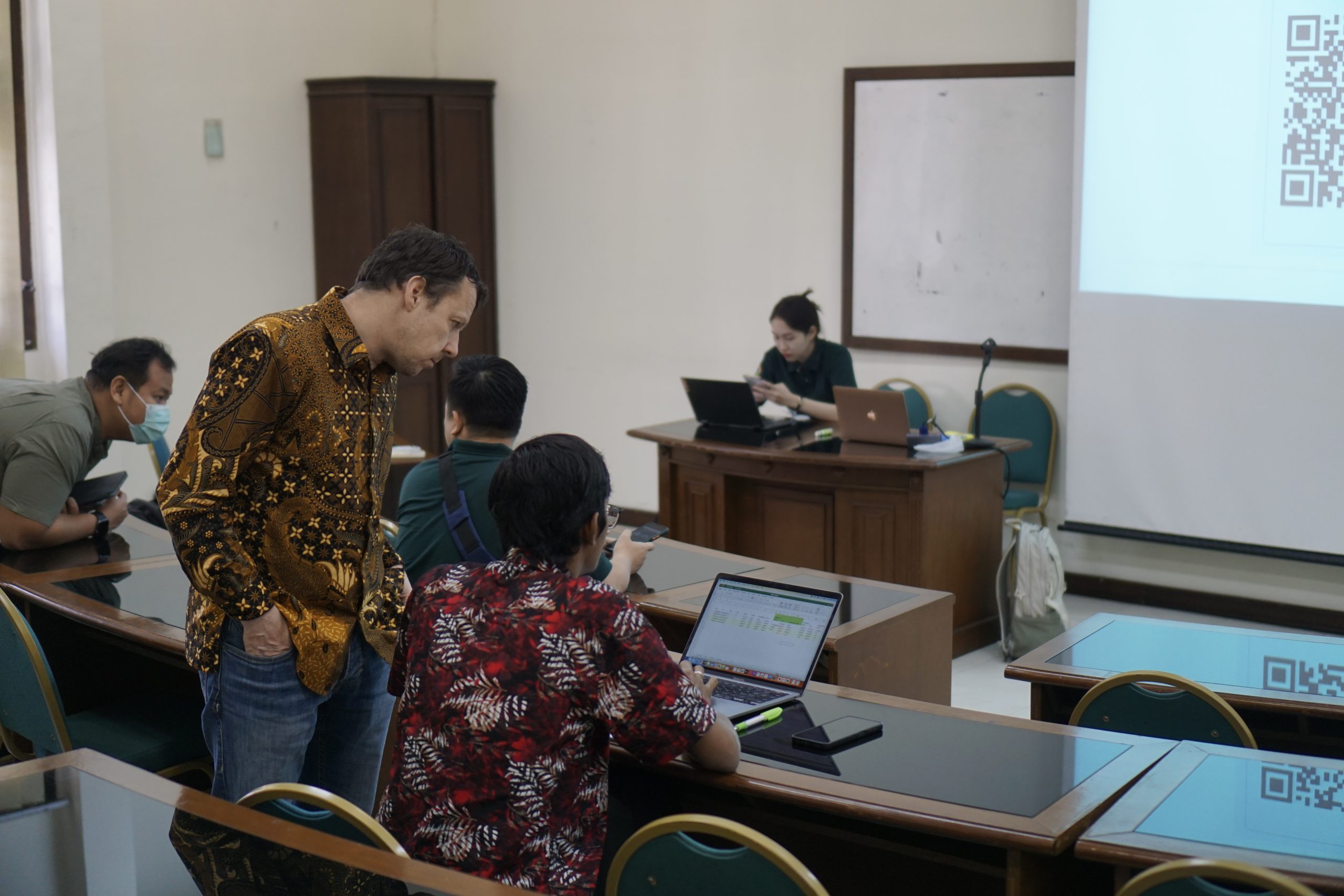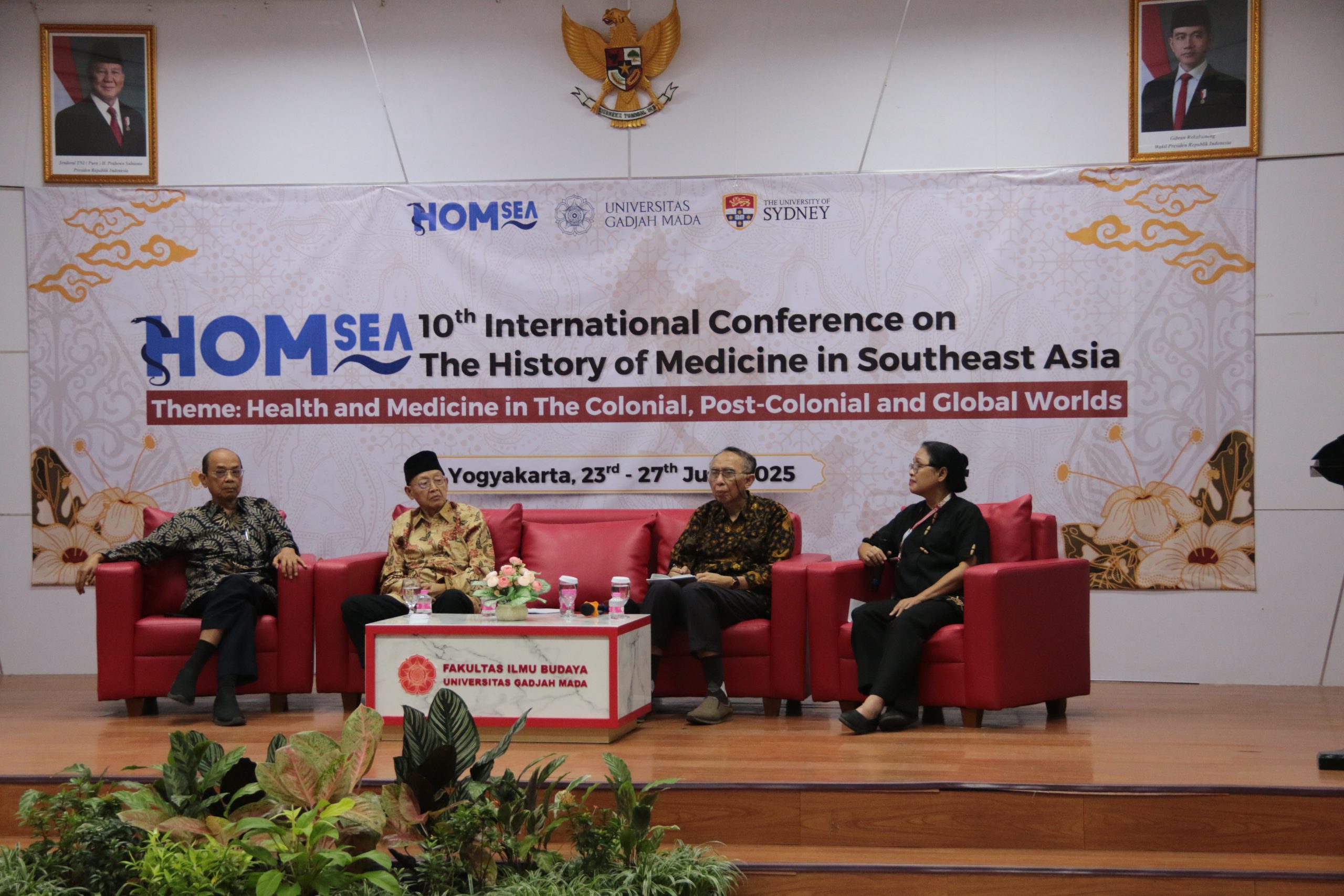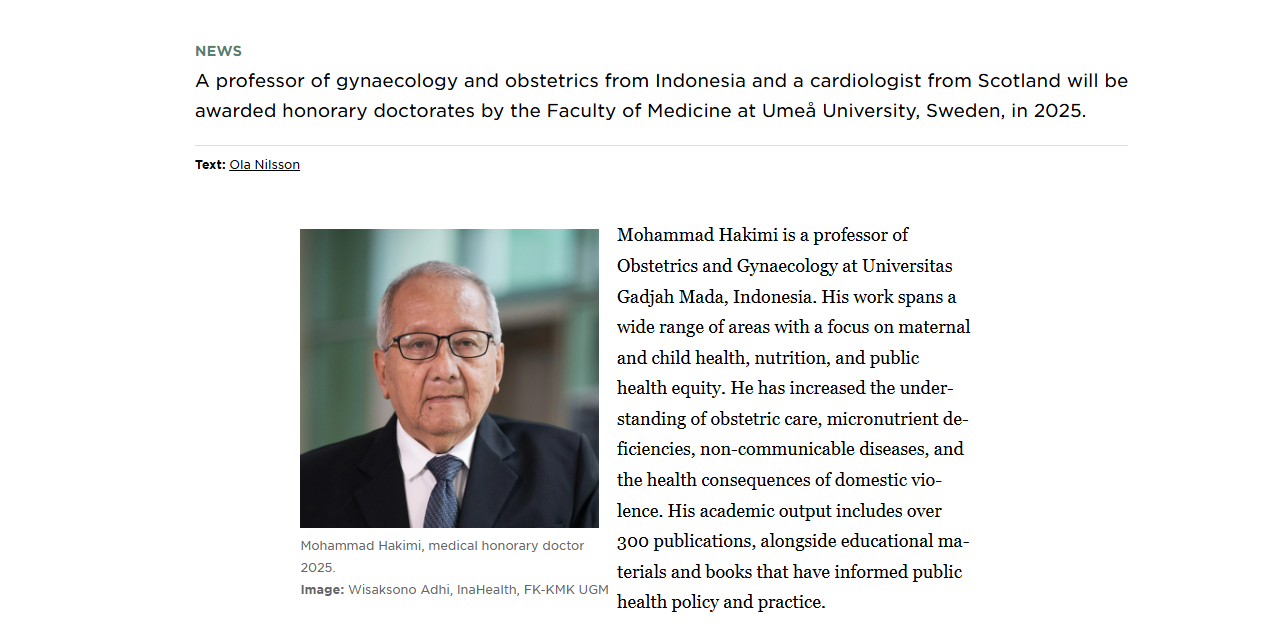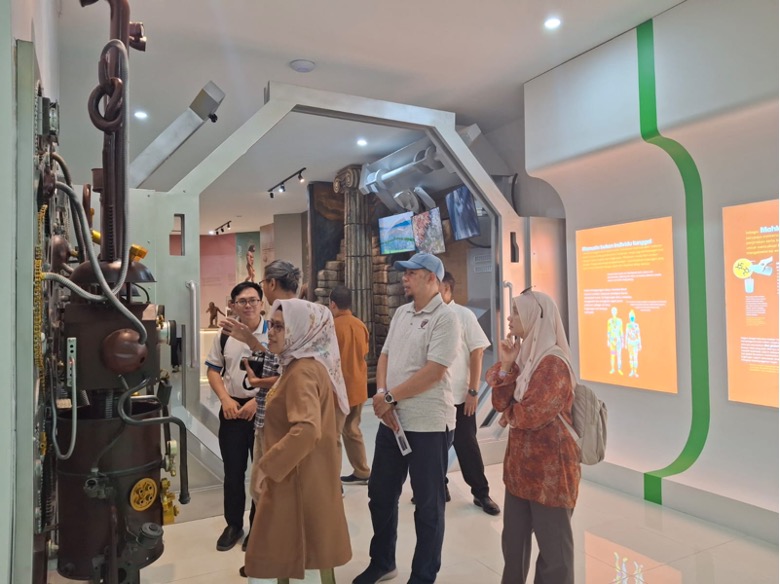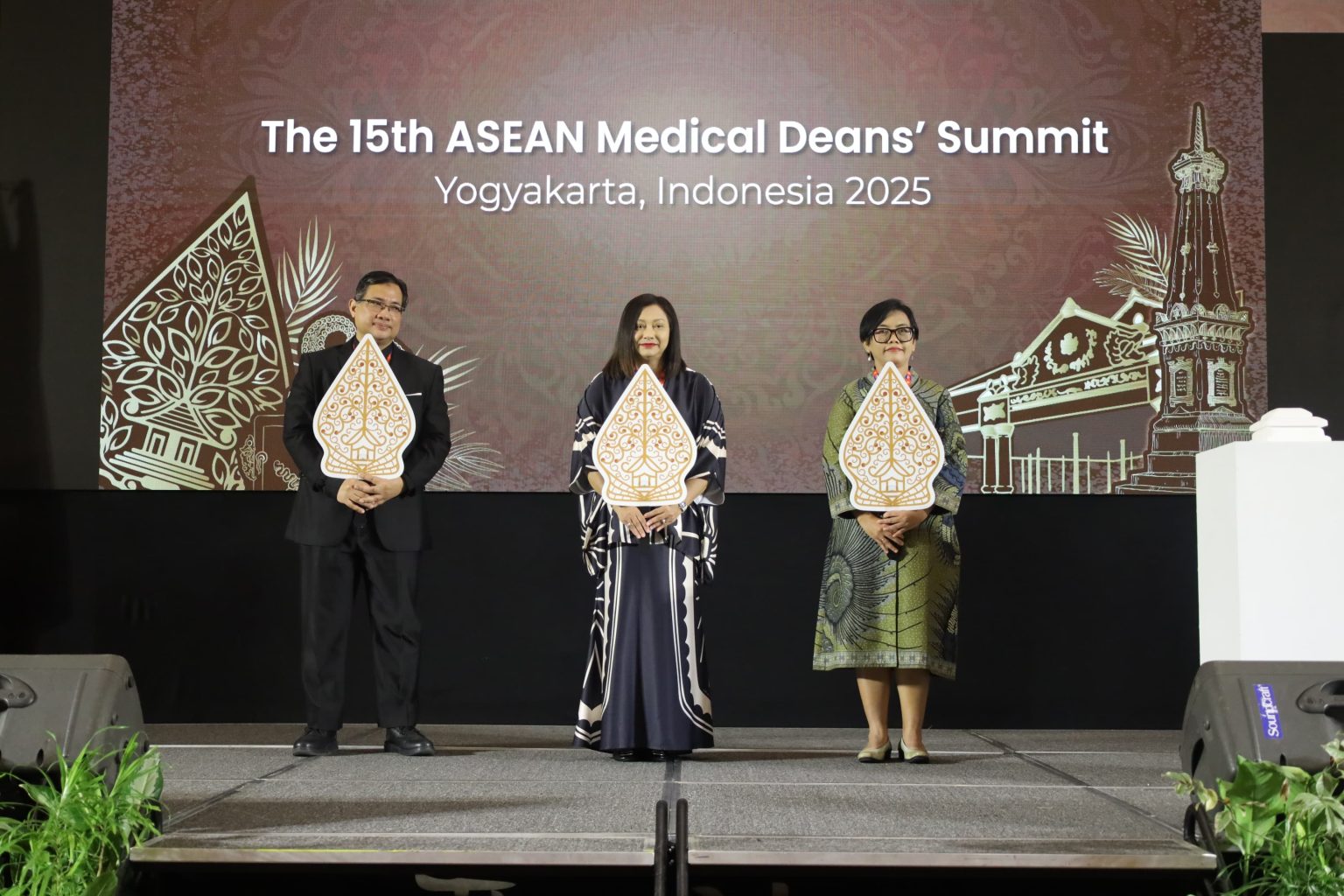FK-KMK UGM. Department of Surgery, Faculty of Medicine, Public Health and Nursing UGM is organizing a Visiting Professor and Guest Lecture 2023 by inviting Prof. Christian Gilissen, Ph.D from Radboud University on Wednesday (6/9) in the Theater Room, 2nd floor, Library of FK-KMK UGM.
In this guest lecture, Prof. Christian presented material regarding the development of NGS (Next Generations Sequencing) and how it works in treating cases of genetic disorders. Prof. Christian explained that exome sequencing is the process of reading all the coding sequences in DNA. “In that process, we look for parts of the DNA that describe the disorder we want to know about. The advantages of exome sequencing are speed and a more affordable price,” said Prof. Christian.
The exome sequencing process begins with reading the sequence, followed by alignment/mapping. Furthermore, researchers can carry out the process of calling variants and variant annotations and closing with the process of interpreting variations.
From this process, researchers will get exon from a gene, coverage, and sequenced read. “Coverage is the number of times one position on DNA is interrogated with sequenced reads,” he added.
Prof. Christian also gave an example of a genetic disorder that can be read by exome sequencing which is sensenbrenner syndrome. Sensenbrenner syndrome (cranioectodermal dysplasia) is a rare anomalous syndrome with characteristic craniofacial features, skeletal, ectodermal, connective tissue, renal, and hepatic abnormalities. (Nirwana/Reporter. Editor: Afkar Aulia)

